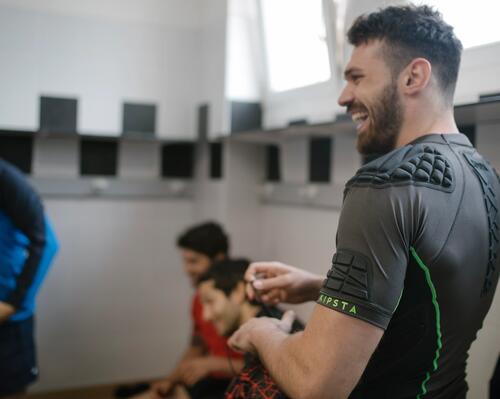
Rugby| how to choose your rugby ball
Your decision will determine the quality of your game and the feel!
Several things should be taken into account (size, grip, how it moves through the air, positioning of the valve), to select the ideal ball for your training and matches.
Choosing the right ball
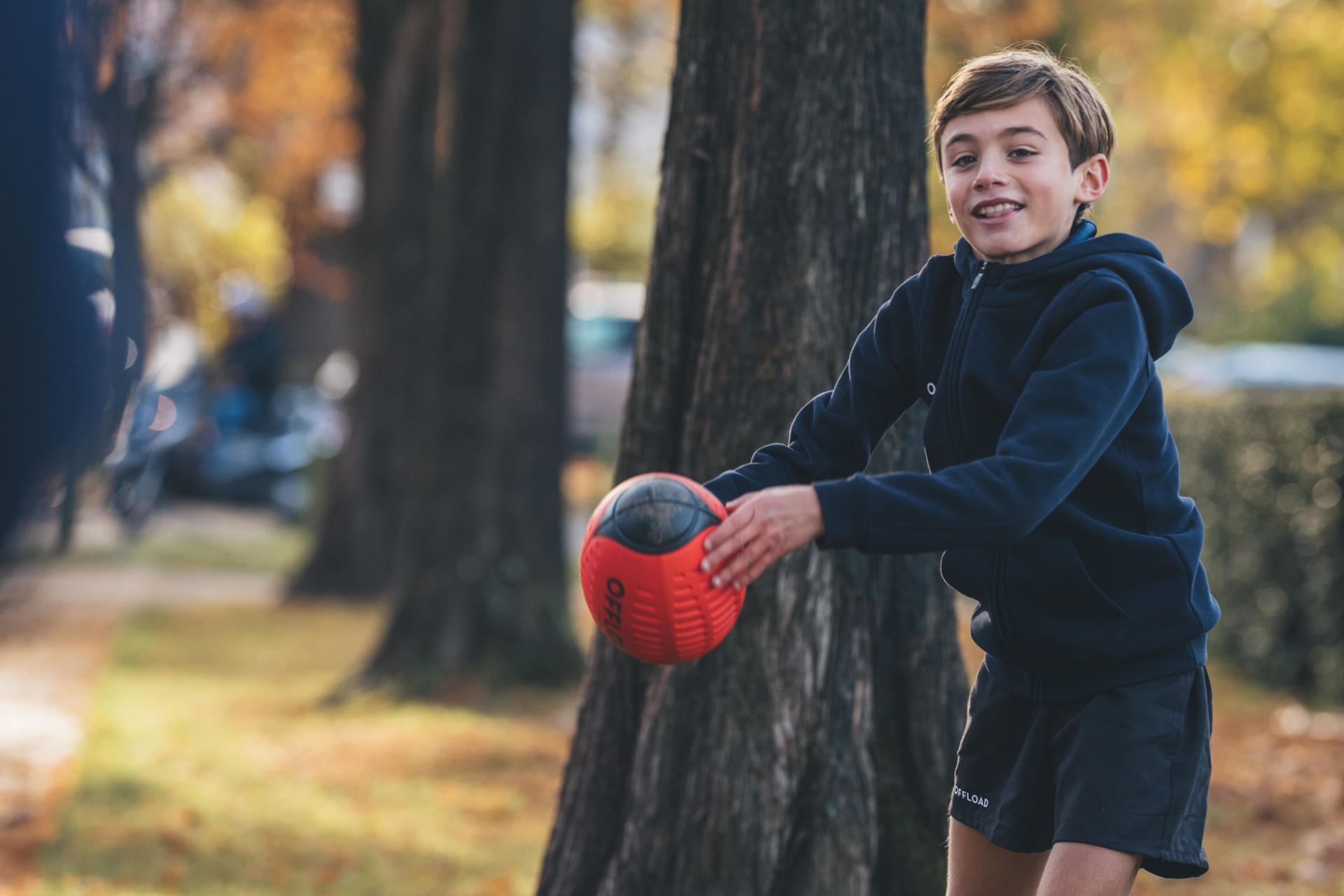
Recreational use
"Leisure" balls are perfectly suitable when you're just starting out. Some are made of plastic and foam. Lighter and less likely to cause injuries, these balls help young players learn basic skills (passing and kicking).
Beach rugby balls can also be used for recreational purposes. Attractively designed, they can also withstand the conditions (salt, sand). As size 3 balls, they are easier to handle on the beach.
For training and regular match play
It's important to distinguish between balls for training and match balls.
"Training" balls must offer good grip and be hard-wearing so they can last throughout the season. All balls are handsewn (from our 300 range), which means they have robust panels, and are well assembled so as to travel smoothly through the air.
The key difference with "match" balls is the balance of the ball, its density, and ball feel. The positioning of the valve on the stitching is a sign the ball will be properly balanced and will offer improved flight through the air when passed and kicked. A heavier and better balanced ball makes for better feel and quality of play.
Proper care of your match ball is essential if it is to stay at its best for longer and offer optimal grip, among other factors. Deflating your ball on a regular basis will reduce pressure on the stitching and extend its lifespan.
The right ball for your age

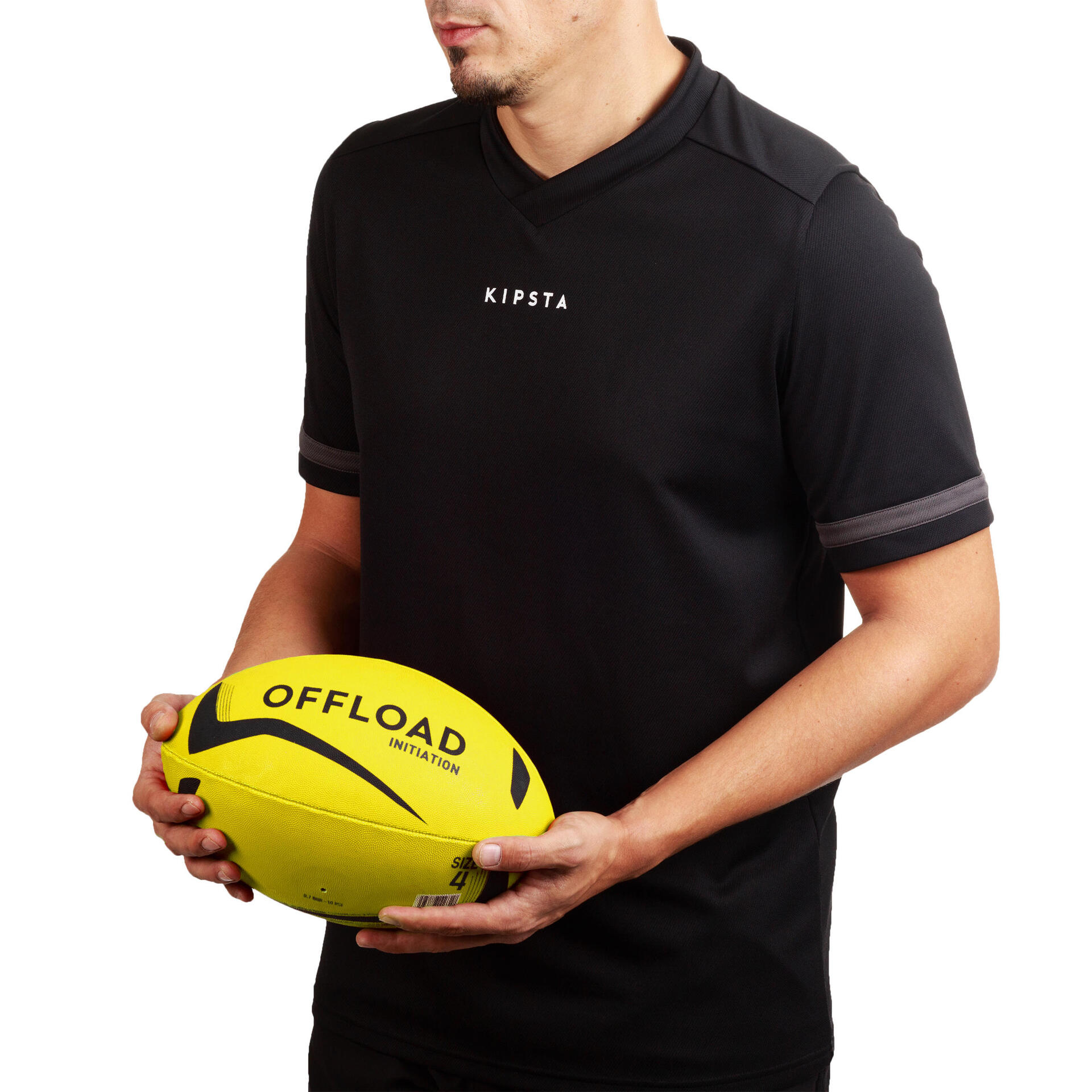
Size 3 ==> 5-9 years
Size 3 balls (recreational and training) are designed for these age groups. Young players starting out in the game need to be able to hold the ball properly.
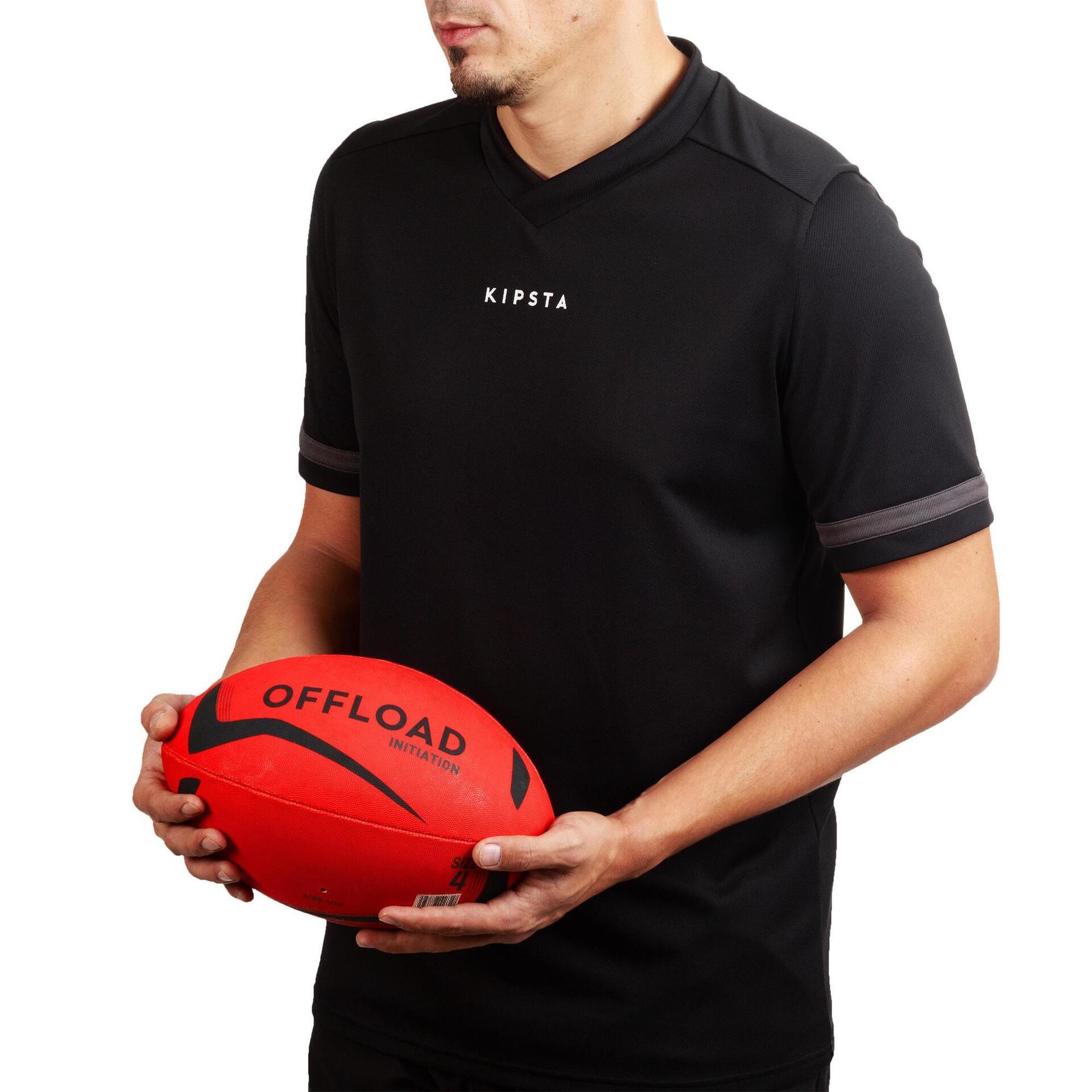
Size 4 ==> 10-14 years and women 10-18 years
Size 4 balls are used to develop the skills of young players as they progress through the age groups. They are also the standard size for female players through to adult level.
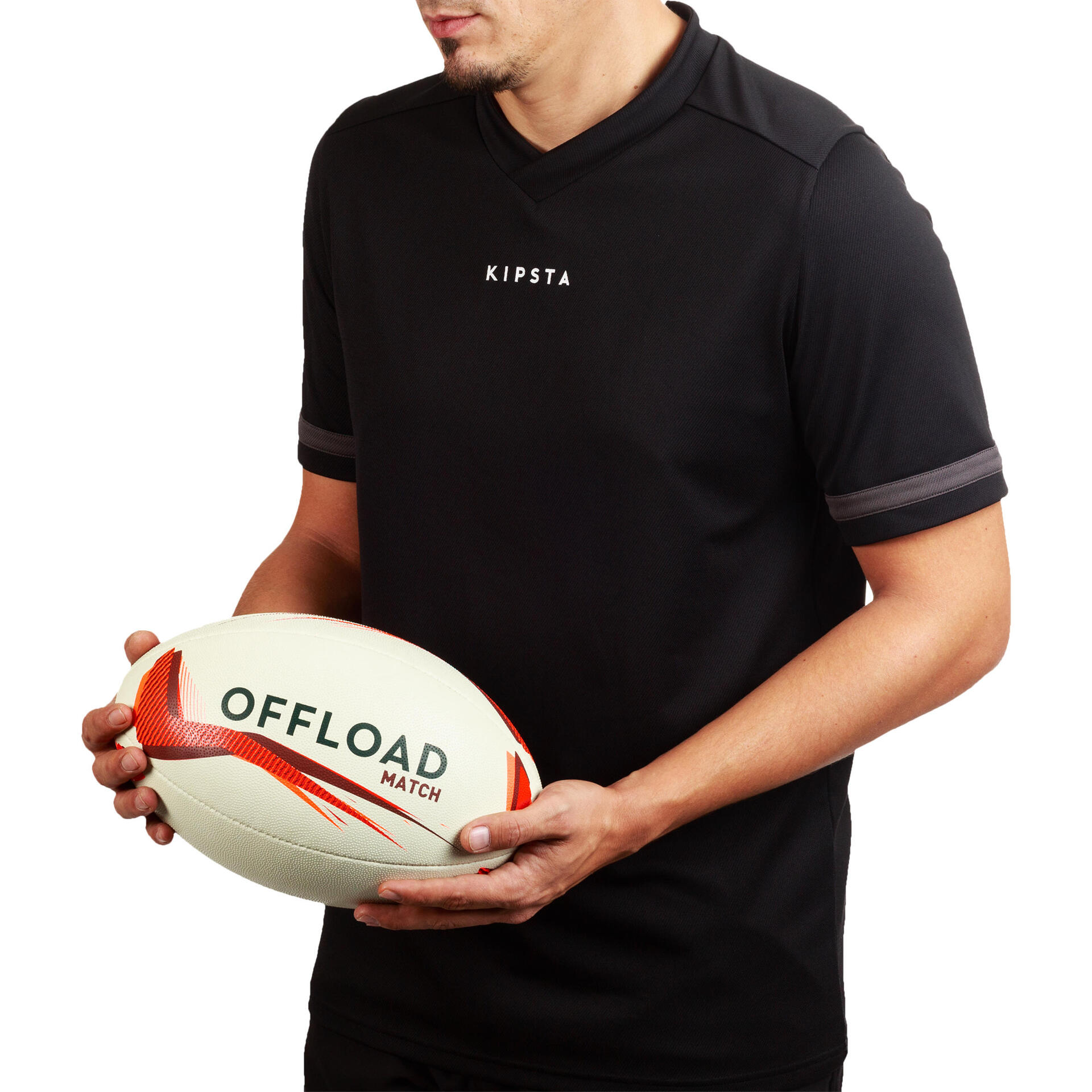
Size 5 ==> 14 years and over.
Size 5 is the standard adult size. These are the balls you see on the every pitch at U-14 level. They are used for both training and matches.
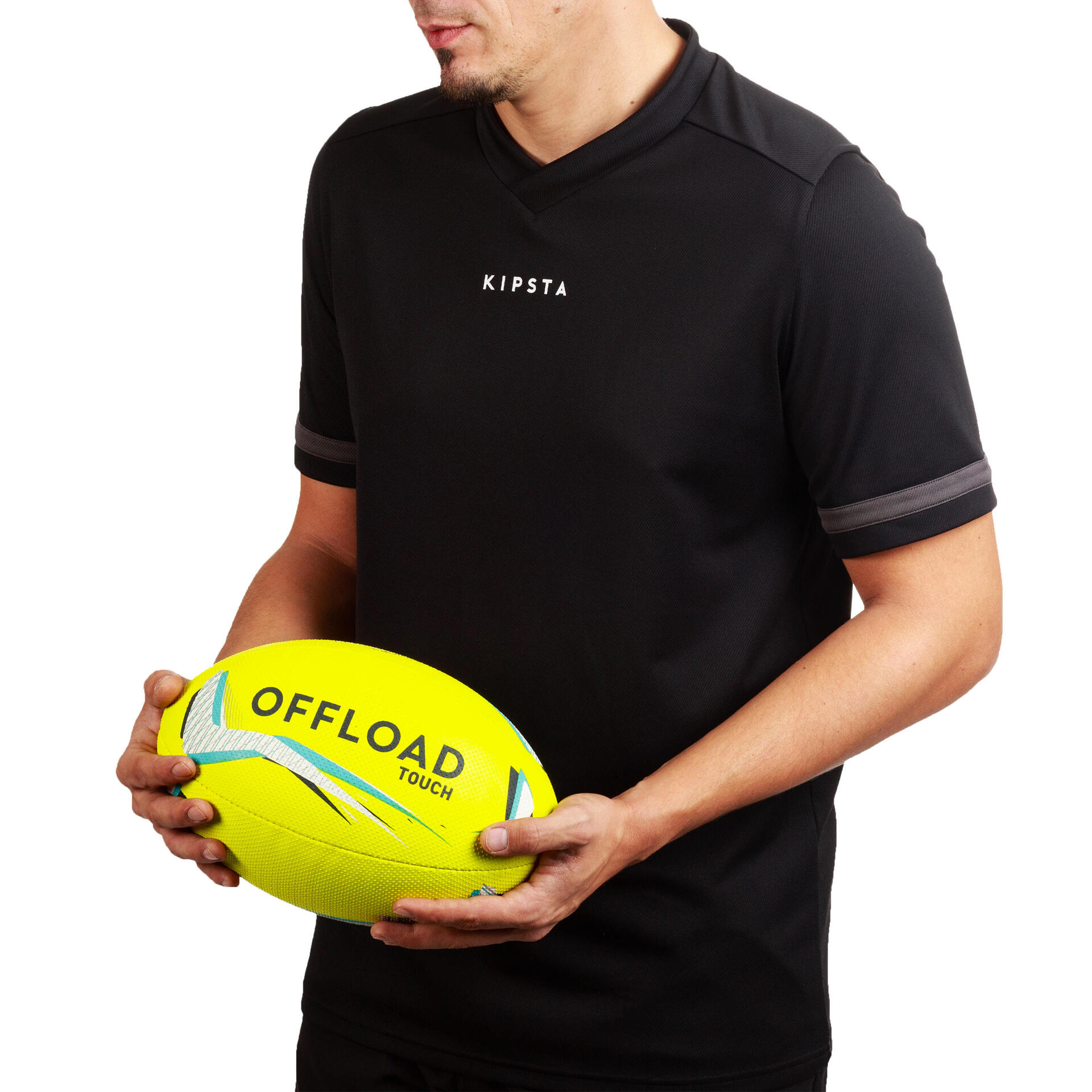
Size 4.5 ==> for touch rugby only
Size 4.5 balls are designed for playing TOUCH rugby. These balls are the only ones not to be "sized" by age, but instead by the purpose they are used for. TOUCH rugby involves a lot of ball handling. Slightly smaller in circumference than size 5 balls, they are ideal for TOUCH rugby players.

